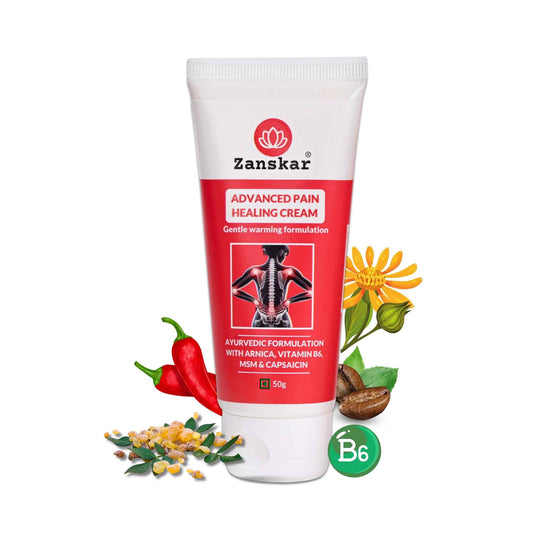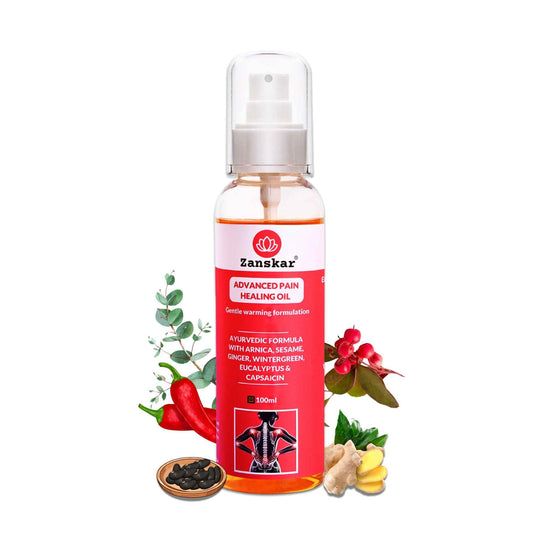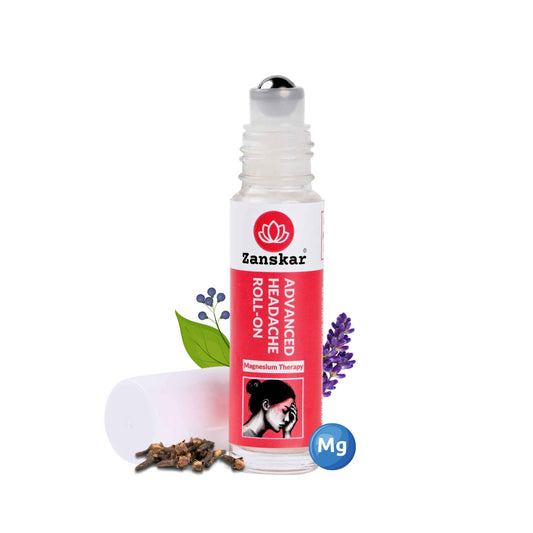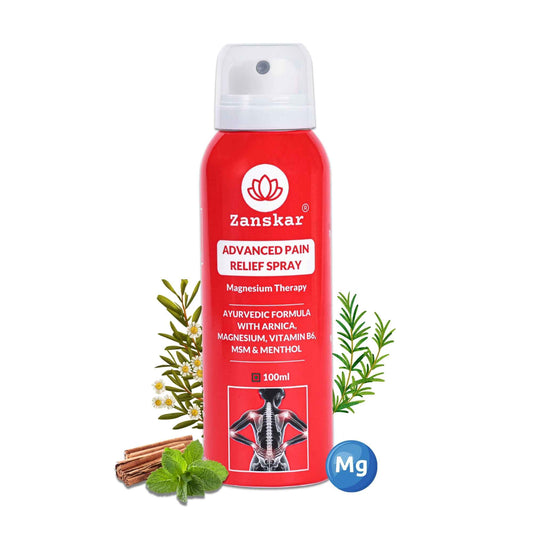
Do you suffer from bow legs? Read this explainer by Zanskar experts.
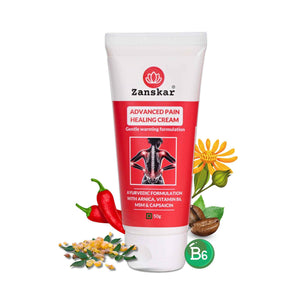
Bow legs is a condition where the child’s legs curve outward at the knees, even when they are standing with their feet and ankles together. Being bow legged is quite common in babies due to the tight quarters they experience in the uterus.
Bowed Legs, where your knees bend outwards, is the opposite of knock knees in which your knees bend inwards.
Most children with bow legs outgrow the condition after 18 to 24 months. However, Bowlegs can sometimes be a sign of an underlying disease, such as Blount’s disease or rickets, and may lead to joint pain in the knees and hips.
How to Know if You Have Bow Legs?
This is a very recognizable condition. The definitive sign of bow legs is the “bowing” or outward curving of the knees when the child stands with the ankles together. There is typically a gap between the lower legs and the knees.

Other signs and symptoms of bow legs can include:
- Both legs have the same outward curve
- Toes point inward
- Frequent tripping or clumsiness
In children, most bowleg cases start to improve when a child is 12 to 18 months old. You should talk to your child’s doctor if your child’s legs are still bowed beyond the age of 2, or if the condition becomes worse.
What Causes Bow Legs in Adults?
If your toddler hasn’t outgrown their bow legs after two years, there may be an underlying cause. Conditions that can cause bow legs include:
- Blount’s disease, a growth disorder where the growth plates around one or both knees develop abnormally. In young children, the shinbone (tibia) is usually affected, while in teens it can be both the shinbone and the thighbone (femur). Blount’s disease is the most common cause of bow legs and can worsen over time, so an early diagnosis is important.
- Rickets, caused by a vitamin D or calcium deficiency. The lack of these nutrients can weaken a child’s bones, causing the legs to bow.
- Dwarfism, which can be caused by achondroplasia, a bone disorder that can cause bow legs.
- Paget’s disease of bone, a chronic disorder that interferes with the replacement of old bone tissue with new bone tissue. The condition can cause bone deformities in leg bones, resulting in bow legs.
- Abnormal bone development, including bone dysplasia and irregular bone growth due to improperly healed fractures.
- Lead or Fluoride poisoning
Risk Factors for Bow Legs
Many babies are born with bow legs because of their folded position in the womb. In addition to Blount’s disease and other medical causes listed above, some additional risk factors can cause bow legged-ness beyond the age of 2 years old.
Additional risk factors for bow legs may include:
- Early-walkers. A child walking before 11 months can increase the risk for Blount’s disease and, consequently, bow legs
- Childhood obesity. Excessive weight can place pressure on the joints, resulting in conditions that lead to bow legs
- Genetics. Having a family member with bow legs may increase the risk
Treatment usually isn’t recommended for infants and toddlers unless an underlying condition has been identified. Treatment may be recommended if your case of bowlegs is extreme or getting worse, or if an accompanying condition is diagnosed. Treatment options include:
- Special shoes
- Braces
- Casts
- Surgery to correct bone abnormalities
- Treatment of diseases or conditions that cause bowlegs (such as rickets)
There is no known prevention for bowlegs. In some cases, you may be able to prevent certain conditions that cause bowlegs.
For example, you can prevent rickets by making sure your child receives sufficient vitamin D, through both diet and exposure to sunshine.
Be sure to talk to your child’s doctor if your child still has bowlegs after the age of 2.
Early diagnosis and detection of bowlegs will help you and your child manage this condition.
Joint pain is the primary long-term effect of bowlegs, and it can be disabling. When it’s severe, it can affect the knees, feet, ankles, and hip joints because of the abnormal stresses applied.
How Does Bow Legs Compromise the Joints
Bow legs create a gap on the outer part, or lateral aspect, of your knee joint. At the same time, the medial or inside part of your knees may be compressed.
- Ligament strain: Gapping on the outer part of your knees may place excessive stress on the lateral collateral ligaments. These strong structures connect your thigh bone to your lower leg bone. They prevent excessive motion on the outside part of your knees.
- Cartilage wear: Compressing the inside of your knee joints may cause pain or increased wear and tear of your medial meniscus. This cartilage sits atop your shinbone and provides cushioning between your thigh bone and shin bone within your knee joint.
- Cartilage tear: Too much compression here may cause problems like a meniscus tear, which is a tear in the cartilage.
- Joint Pain: Compression can also cause medial joint pain, located in the inner part of the knee.
- Patello-femoral pain syndrome: Stresses on the knee can also increase the risk for patellofemoral pain syndrome, where the kneecap rubs the end of the thigh bone.
Is Exercise Helpful?
Absolutely! Exercising can't correct bow legs, but studies have shown that thigh and hip muscle stretches may have benefits if performed consistently and progressively.
Exercises that have a lower impact or no impact will better preserve your knee health. They can limit the amount of force through your knee joints and prevent wear-and-tear problems.
There are no hard and fast rules, but sports that involve a lot of running and/or jumping along with sudden changes in direction should be approached with caution with bowlegs. This includes soccer, tennis, football, volleyball, basketball, and long-distance running.
Safety Tips
Keeping your knees in alignment during exercise may help to improve your knee position and minimise your risk of injury.
Follow these tips:
- When running, make sure your knees remain right over your toes when landing on each foot.
- When squatting, don't squat so deep that your hips go below your knees. Keep your knees over your toes.
- Wear shoes that will give the proper amount of support.
Learn More About Zanskar Health
If you have joint or muscle pain that makes it hard to move, Zanskar offers the most advanced full stack pain relief solutions for you.
Now available to purchase, Zanskar® Advanced Pain Healing Cream has a unique formulation of natural ingredients like Arnica, Vitamin B6, MSM and Capsaicin, which is trusted by over 20L+ pain sufferers globally. It provides lasting relief from muscle and joint discomfort that you can feel good about. Get your fix before stocks run out - buy now.
You can also gain access to therapeutic exercises and stretches for your condition by downloading the Zanskar Health physiotherapy mobile app. Additionally, you’ll have a personal care team to guide, support, and tailor our program to you, including behavioral and nutritional coaching.
Download our mobile app here 👉 download and track your exercise streak.
Medical Review: This article is written by Dr Nishtha Mittal (Senior Health Content Editor at Zanskar Health) and has been medically reviewed by the medical team at Zanskar Health. This article and its contents are provided for educational and informational purposes only and do not constitute medical advice or professional services specific to you or your medical condition.




